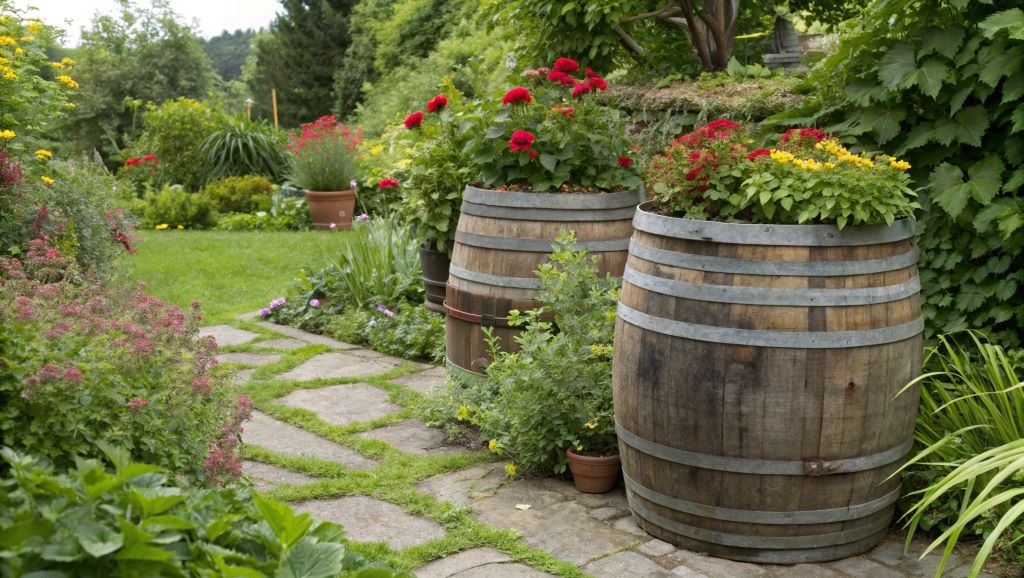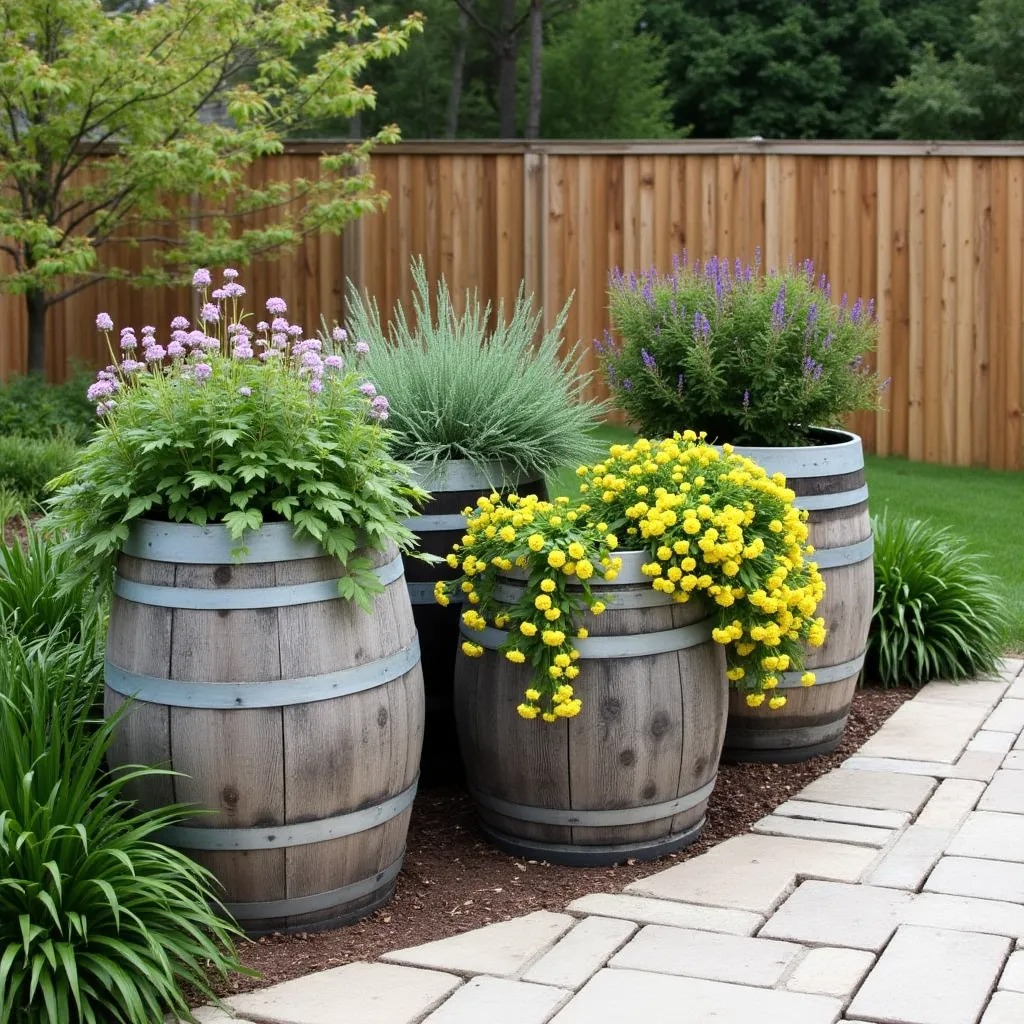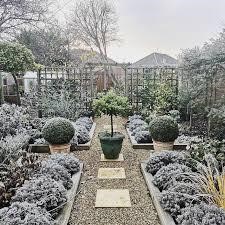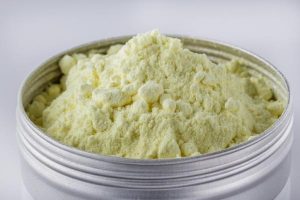
Wine barrels, with their rich history and weathered charm, often evoke images of sun-drenched vineyards and the subtle aroma of aging grapes. But for the avid gardener, these rustic wooden vessels hold an entirely different kind of promise: the potential to become unique, eye-catching planters that elevate any outdoor space. Far from being relegated to dusty cellars, discarded wine barrels are experiencing a renaissance, offering a sustainable and aesthetically pleasing solution for transforming wine barrels into stunning garden features , from vibrant floral displays to productive edible gardens.
The appeal of using wine barrels as planters is multifaceted. Their generous size provides ample room for root growth, making them ideal for larger plants or a collection of smaller ones. The thick oak staves offer excellent insulation, protecting roots from extreme temperature fluctuations. And, of course, their inherent beauty – the deep tones of aged wood, the metal banding – adds a touch of rustic elegance and character that plastic or terracotta pots simply can’t replicate.
However, transforming a wine barrel into a thriving plant haven isn’t as simple as just filling it with soil. There are specific considerations to keep in mind, from preparing the barrel itself to choosing the right plants that will flourish within its unique confines. Keep reading about how to grow strawberries in pots.
Preparing Your Wine Barrel for Planting: The Essential First Steps
Before you even think about dirt and greenery, your wine barrel needs a little TLC to ensure it’s plant-ready.
Drainage is King
The most critical step is to ensure adequate drainage. Without it, your plants will suffer from waterlogged roots, leading to rot and disease. Drill several 1-inch drainage holes in the bottom of the barrel, spaced evenly. Some gardeners also recommend adding a layer of gravel or broken pottery shards at the bottom before adding soil, though this is debated among horticulturalists. The primary goal is unimpeded water flow out of the barrel.
Leaching and Cleaning
Wine barrels have held, well, wine. While the residual alcohol and tannins are generally not harmful to plants in small quantities, it’s a good idea to rinse the barrel thoroughly. Fill it with water, let it sit for a day or two, and then drain. Repeat this process a couple of times. This helps to leach out any remaining wine residue and clean the interior. You might notice the wood expanding and contracting during this process, which is normal.
Securing the Staves
Over time, especially if the barrel has been exposed to varying moisture levels, the metal bands can loosen, and the staves might start to separate. To prevent your barrel from falling apart under the weight of soil and water, it’s wise to secure the bands. You can do this by drilling a small pilot hole through the band and into the staves, then using a short screw to hold them in place. Do this in several spots around each band.
Liners: To Use or Not to Use?
Some gardeners opt to line their wine barrels with heavy-duty plastic sheeting before adding soil. The argument for lining is that it prolongs the life of the barrel by preventing direct contact between wet soil and wood, and it also prevents some moisture from leaching out of the wood itself. However, others argue that liners can trap moisture and impede aeration, potentially leading to root problems. If you choose to line, be sure to poke holes in the liner that align with your drainage holes to maintain proper water flow. Ultimately, the decision to line is a personal one; properly prepared and cared for, unlined barrels can last for many years.
Choosing the Perfect Plants for Your Wine Barrel: A World of Possibilities

Once your barrel is prepped, the fun begins! The large volume of a wine barrel opens up a vast array of planting possibilities, from stunning ornamental displays to productive vegetable gardens. When selecting plants, consider the barrel’s location (sun exposure), the desired aesthetic, and the mature size of the plants.
Ornamental Plants: Creating Eye-Catching Displays
Wine barrels are fantastic for creating dramatic and lush ornamental arrangements. Think about combining plants with varying heights, textures, and colors for maximum visual impact.
- Thriller, Filler, Spiller Method: This popular container gardening technique works perfectly in wine barrels.
- Thriller: A tall, upright plant that provides a focal point. Examples include ornamental grasses (e.g., ‘Karl Foerster’ feather reed grass), canna lilies, upright fuchsias, or even a dwarf tree.
- Filler: Bushy, mounding plants that fill the space around the thriller. Petunias, impatiens, marigolds, coleus, and salvia are excellent choices.
- Spiller: Trailing plants that cascade over the sides of the barrel, softening its edges. Sweet potato vine, creeping jenny, calibrachoa, and bacopa are popular options.
- Seasonal Displays: Change out your plants with the seasons. In spring, plant tulips, daffodils, and pansies. For summer, switch to heat-loving annuals like geraniums, zinnias, and petunias. In fall, mums, ornamental cabbages, and gourds can create a festive display.
- Shrubs and Small Trees: For a more permanent display, consider planting dwarf shrubs or small trees that can tolerate container living. Dwarf conifers, Japanese maples (especially weeping varieties), and certain types of hydrangeas can thrive in a wine barrel for several years before needing to be transplanted.
Edible Gardens: Grow Your Own Harvest
Wine barrels are surprisingly versatile for growing edibles, especially if you have limited garden space or want to keep certain plants contained.
- Herbs: A classic choice! Plant a variety of herbs like basil, rosemary, thyme, oregano, mint (though mint is best in its own container as it’s a vigorous spreader), parsley, and chives. The large volume allows for robust growth.
- Vegetables:
- Root Vegetables: Carrots (choose shorter varieties), radishes, and smaller potato varieties can do well.
- Leafy Greens: Lettuce, spinach, kale, and Swiss chard will flourish, and you can succession plant for continuous harvest.
- Fruiting Vegetables: Bush beans, peas, determinate (bush) tomato varieties, bell peppers, and even smaller cucumber varieties are excellent choices. For climbing plants, you’ll need to provide a trellis or support.
- Strawberries: A barrel of strawberries is not only productive but also beautiful, with the berries spilling over the sides.
- Dwarf Fruit Trees and Berries: Certain dwarf fruit trees (e.g., dwarf citrus, dwarf peaches) and berry bushes (e.g., blueberries, raspberries) can be grown in wine barrels. Ensure you select varieties suited for container growing and understand their specific needs for chilling hours and soil acidity.
Specific Plant Considerations
- Sun Requirements: Always match your plant choices to the amount of sunlight the barrel receives. Full sun plants need at least 6 hours of direct sun daily. Partial sun/shade plants prefer morning sun and afternoon shade, or dappled light.
- Water Needs: Group plants with similar watering requirements to make maintenance easier.
- Soil: Use a high-quality potting mix, not garden soil. Potting mix is lighter, drains better, and provides the necessary aeration for container plants. You can amend it with compost for added nutrients.
- Fertilization: Container plants rely on you for nutrients. Use a slow-release granular fertilizer mixed into the soil, or apply a liquid fertilizer regularly during the growing season.
- Winter Care: If you live in a region with freezing temperatures, consider moving sensitive plants indoors or providing winter protection for the barrel itself to prevent cracking.
Guide to Choosing and Growing Red-Fruited Apple Trees in Britain
Maintenance and Longevity: Keeping Your Barrel Garden Thriving
Maintaining a wine barrel planter is similar to caring for any large container garden, but with a few unique considerations.
- Watering: Wine barrels, being large and wooden, can dry out surprisingly quickly, especially in hot, windy weather. Check the soil moisture daily, and water thoroughly until water drains from the bottom.
- Pest and Disease Control: Monitor your plants for any signs of pests or diseases. Address issues promptly to prevent them from spreading.
- Repotting/Refreshing Soil: Over time, the soil in your barrel will compact and lose nutrients. Most plants in wine barrels will benefit from having their soil refreshed every 1-2 years. For permanent plantings like shrubs, you might need to root prune and add fresh soil every few years.
- Barrel Preservation: To extend the life of your barrel, you can apply a food-grade wood sealant to the exterior every couple of years. Avoid sealing the inside or bottom, as this can impede drainage and respiration of the wood. Some gardeners even turn their barrels upside down in winter to allow the wood to dry out completely.
The Enduring Appeal of Wine Barrel Planters
From their humble origins in the world of winemaking, discarded oak barrels have found a new purpose, gracing gardens, patios, and decks with their rustic charm and practical utility. They offer a sustainable way to add significant visual interest and planting volume to any outdoor space. By understanding the proper preparation, plant selection, and ongoing care, you can transform these weathered vessels into stunning, thriving garden features that will be admired for years to come. So, next time you come across a wine barrel, see beyond its past life and envision the vibrant garden it’s waiting to become.
Read More:





